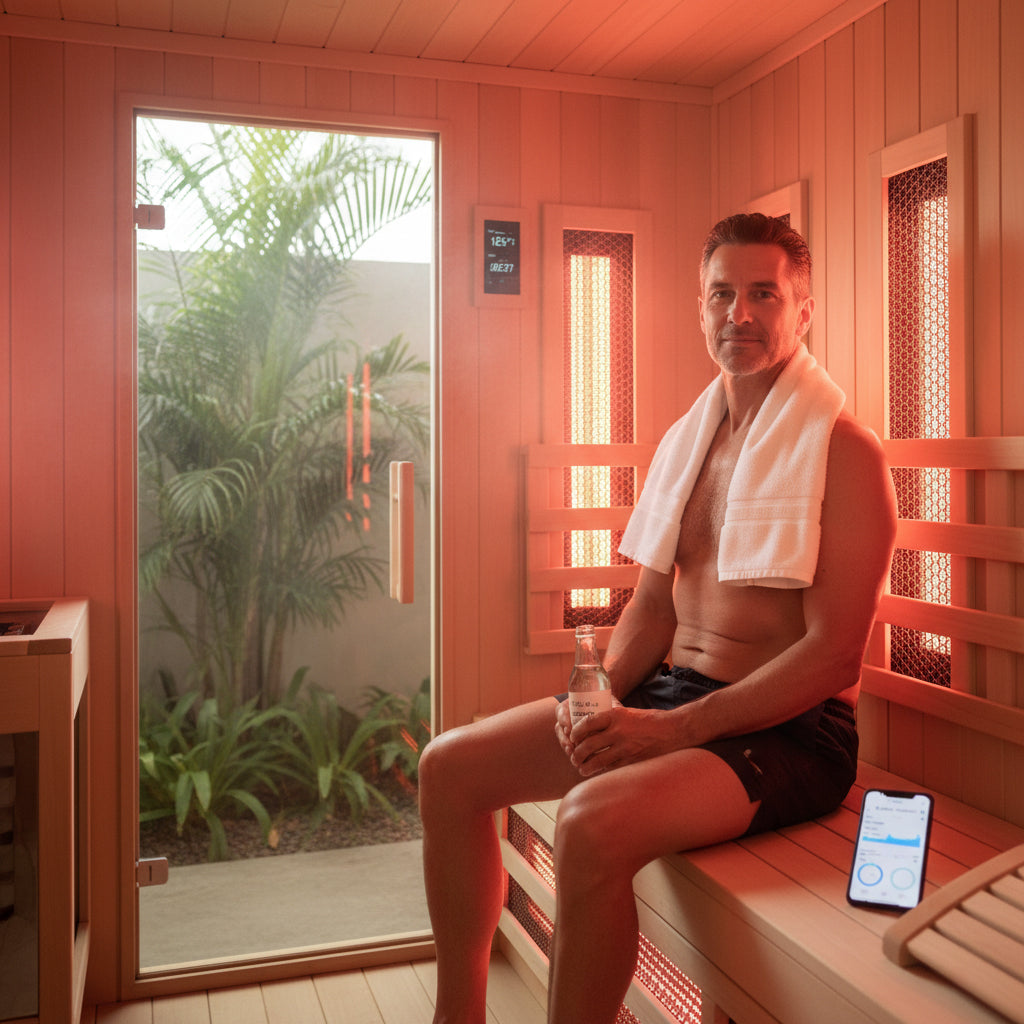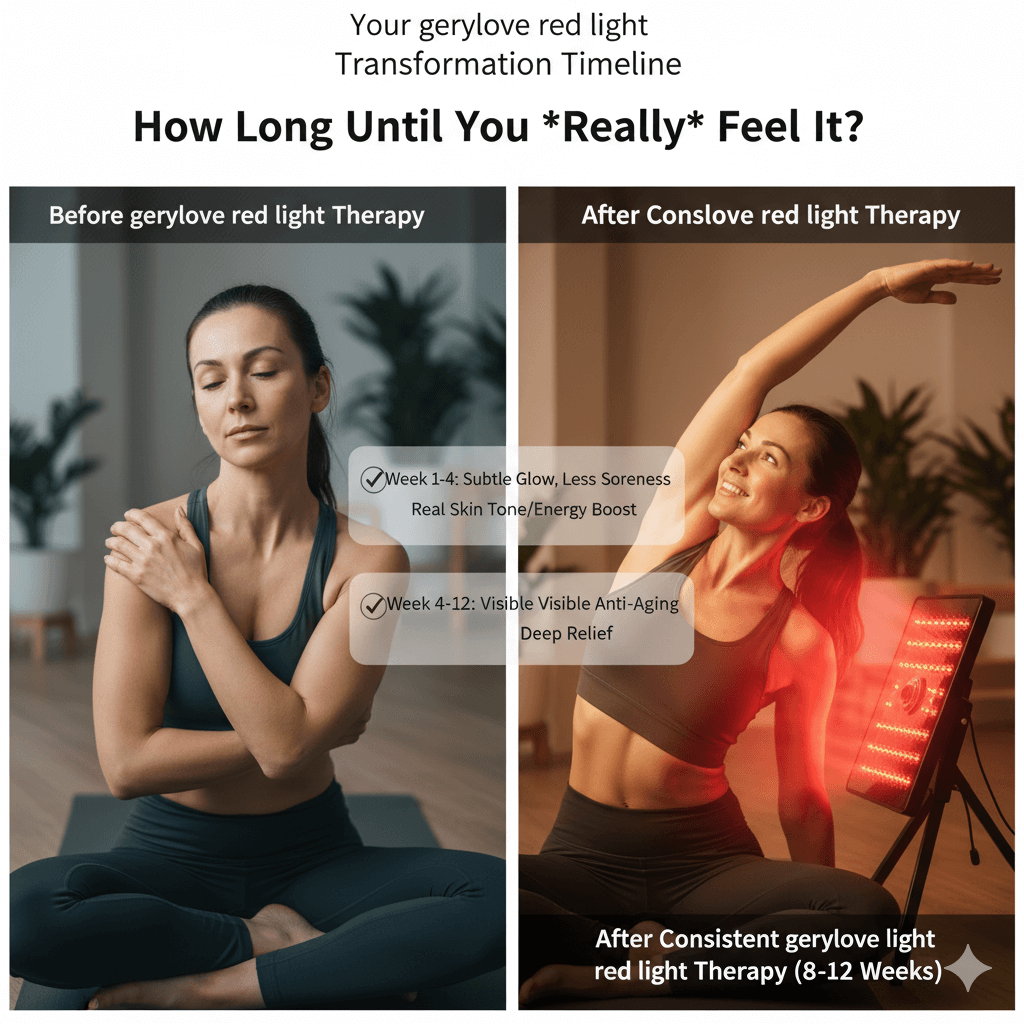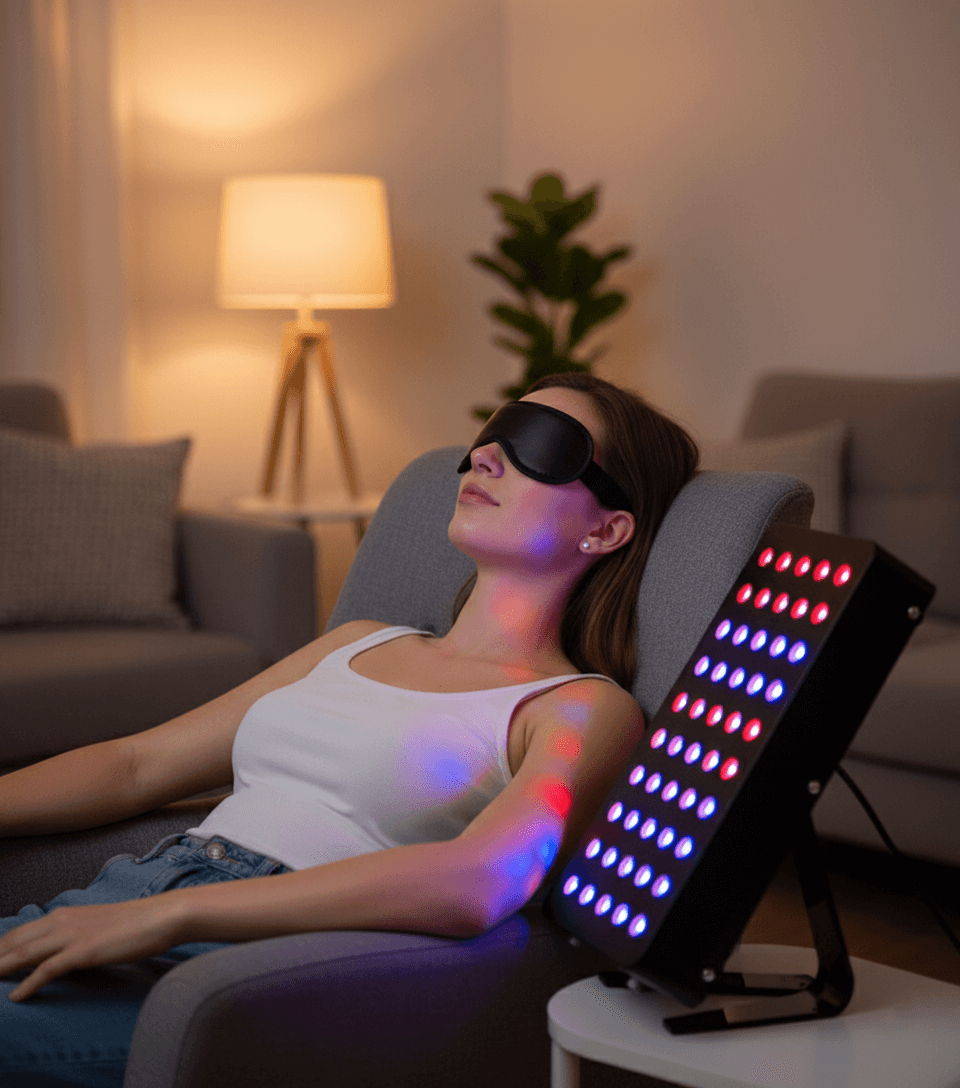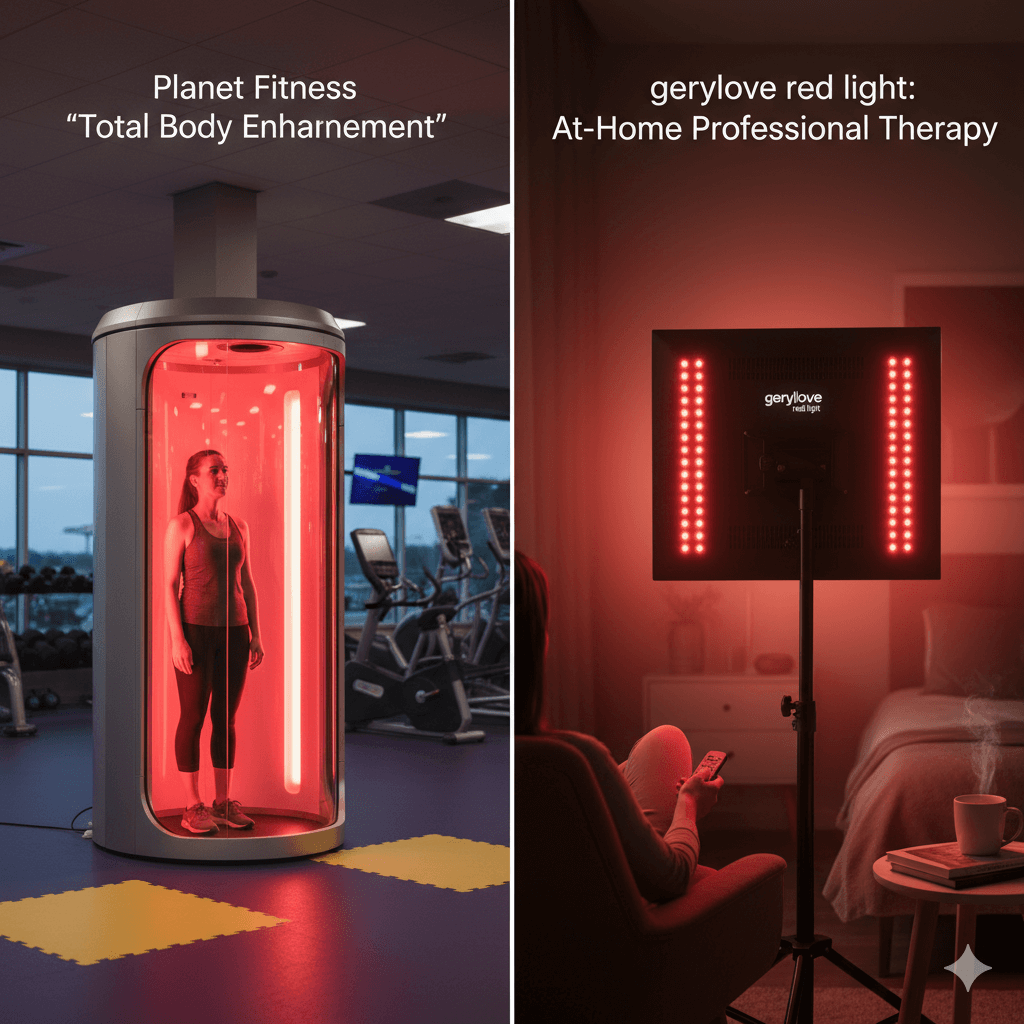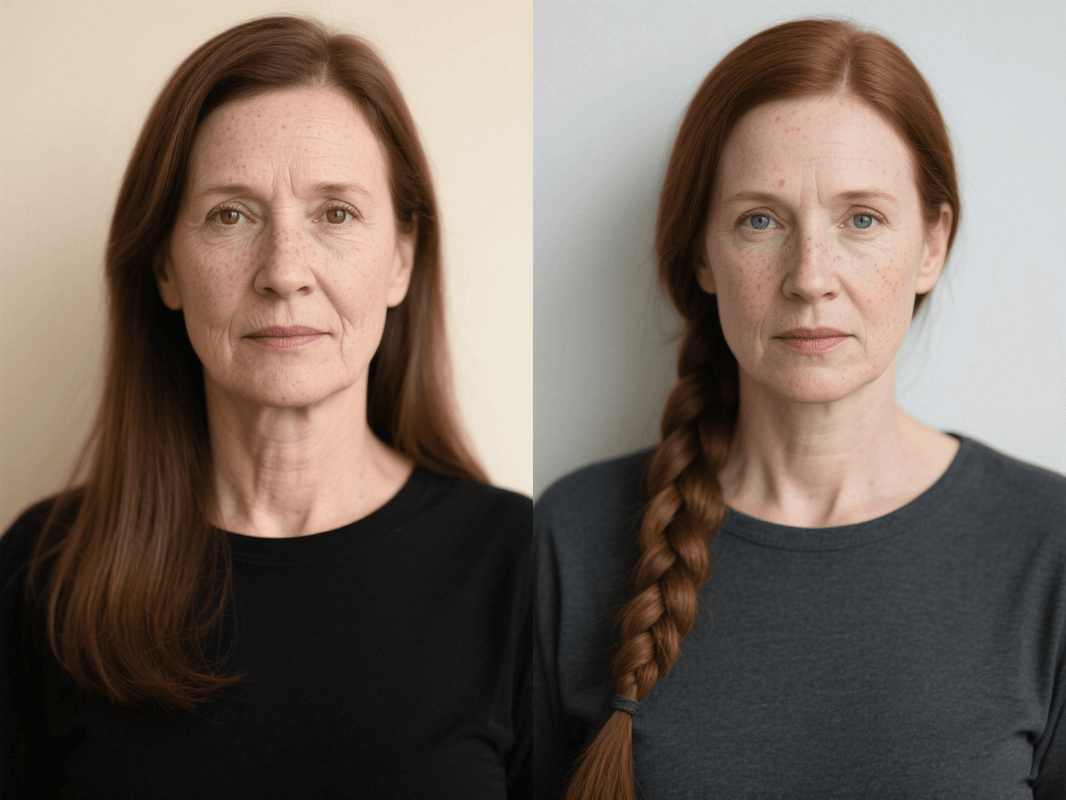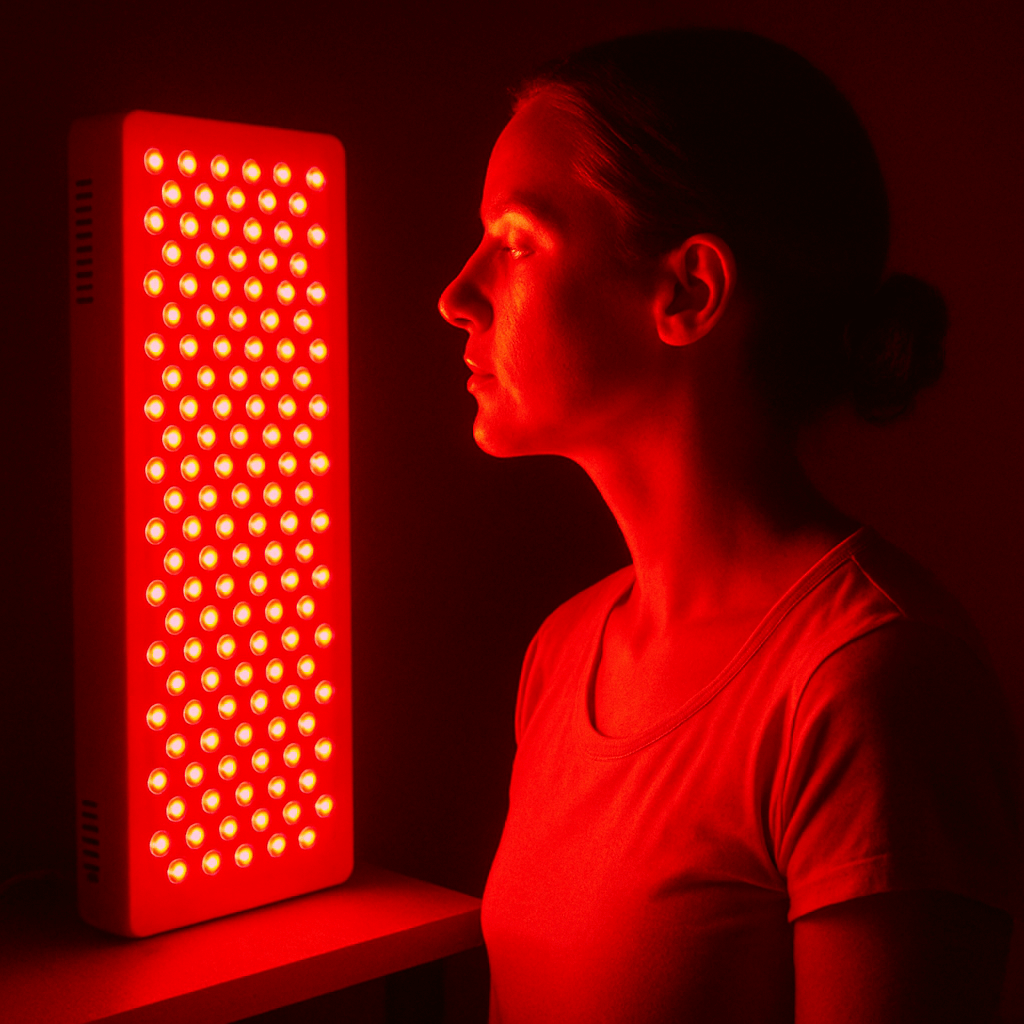Exploring Low-Level Laser Therapy (LLLT) for Hair Loss
Hair loss affects millions worldwide, often leading to distress and impacting self-esteem. Many search for effective solutions, and among the options emerging, low-level laser therapy (LLLT) stands out as a promising, non-invasive approach. This article dives deep into LLLT, covering its mechanism, benefits, scientific foundation, and practical considerations for those dealing with thinning hair.
 What is Low-Level Laser Therapy (LLLT)?
What is Low-Level Laser Therapy (LLLT)?
LLLT involves using specific wavelengths of laser light applied to the scalp. It offers a drug-free, painless alternative to traditional hair loss treatments. But how exactly does light stimulate hair growth?
The Science Behind LLLT
LLLT devices emit photons—particles of light—that penetrate the scalp and are absorbed by the cells within the hair follicles. This cellular interaction is believed to trigger several beneficial effects:
- Boosted Cellular Energy: A key area of research focuses on how laser light can enhance the production of ATP (adenosine triphosphate), the cell's primary energy currency. Increased cellular energy can invigorate cells, potentially promoting healthier hair growth cycles.
- Improved Blood Circulation: Studies suggest LLLT may stimulate blood flow to the treated area. Enhanced circulation can deliver more oxygen and nutrients to the hair follicles, supporting their health and function. [Implicitly supported by research like the one indicated in the link needing further investigation in dermatology].
LLLT's mechanism is a fascinating blend of physics and biology, aiming to rejuvenate the hair growth process from the cellular level.
How Does an LLLT Session Work?
During a typical session, a specialized device (like a laser comb, cap, or helmet) is placed on the scalp. Laser diodes within the device emit light pulses. Sessions usually last around 15-30 minutes, depending on the device and treatment protocol. Frequency varies, but many find success with sessions 2-3 times per week initially, gradually reducing as results appear. Clinics often tailor the treatment plan based on individual hair loss patterns and severity. Home devices are also widely available, allowing users to continue treatment in the comfort of their own home.
How Does LLLT Compare to Other Treatments?
LLLT offers distinct advantages:
- Non-Invasive: No need for medications, injections, or surgery.
- Painless: Generally, users only report a mild warming sensation.
- Minimal Side Effects: Generally well-tolerated, with most studies noting few, if any, adverse effects. [Support from research like the one discussing LLLT parameters needing final determination shows an ongoing commitment to safety]. Surgical options like hair transplants are effective but come with significant downtime and cost. Medications like minoxidil or finasteride can be effective but often have side effects and require long-term commitment.
LLLT presents a compelling middle ground, combining efficacy with comfort and safety.
What Are the Benefits of LLLT for Hair Loss?
- Non-Invasive & Painless: As mentioned, treatment requires no incisions or injections, and is generally comfortable.
- Safety Profile: Extensive use suggests a good safety record with minimal side effects. [The research on LLLT parameters indicates safety is a key area of ongoing study].
- Convenience & Accessibility: Many at-home devices offer flexibility, allowing users to integrate treatment into their daily routine.
- Promising Research Findings: Numerous studies, particularly those focusing on androgenetic alopecia (hereditary hair loss), suggest LLLT can increase hair density and thickness. [The link discussing encouraging findings for further dermatological testing adds weight to these claims]. Clinical trials continue to explore its full potential.
 Is LLLT Right for You?
Is LLLT Right for You?
Considerations are key before starting any treatment.
- Consult a Specialist: A healthcare professional or hair loss specialist can assess your specific type and cause of hair loss to determine if LLLT is appropriate. They can discuss underlying factors and ensure LLLT aligns with your overall hair health strategy.
- Manage Expectations: Hair growth takes time. While many report positive results, LLLT is not a "miracle cure." Consistency is crucial, and noticeable improvements may take several months.
- Combining Treatments: For enhanced results, LLLT might be combined with proven treatments like minoxidil or lifestyle changes addressing nutritional or hormonal factors. A specialist can help devise a comprehensive plan.
- Choosing the Right Device: Options include professional-grade devices (often used in salons) and FDA-cleared home devices. Consider factors like laser wavelength, power density, device design, user reviews, and clinical backing when making your choice.
Conclusion
Low-Level Laser Therapy offers a non-invasive, potentially effective option for managing hair loss. Backed by an increasing body of research and offering advantages over traditional methods like medication or surgery, LLLT is gaining traction as a viable treatment. While it requires patience and realistic expectations, many find hope in this technology's ability to promote healthier hair growth. By consulting professionals, managing expectations, and choosing the right device, you can take a proactive step towards achieving your hair health goals.


